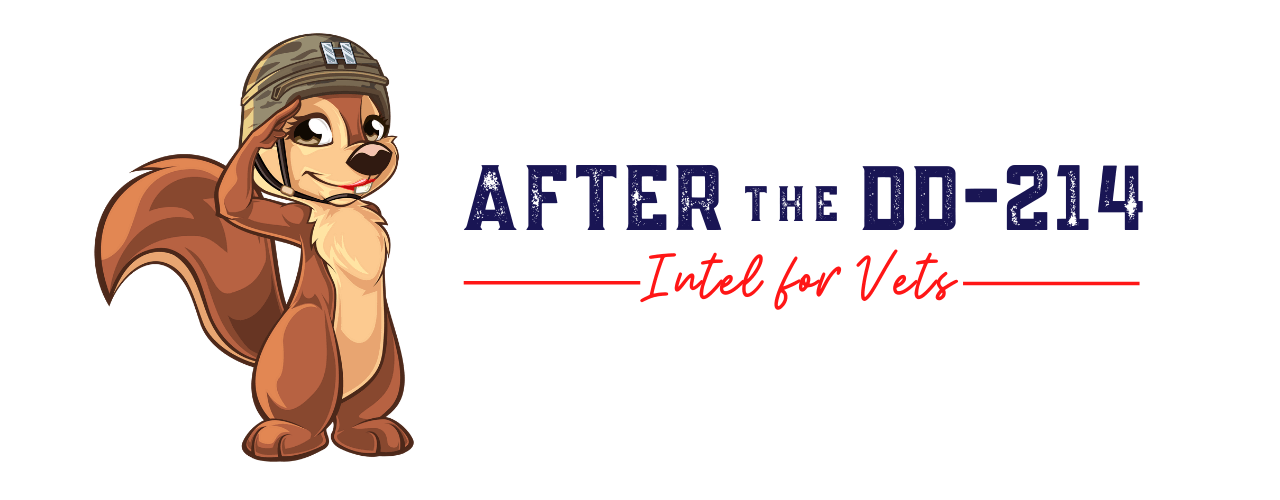Like many military members, I went in the military fairly early (I was commissioned right out of college). While I had worked before I went in, I had never held a full time job in the business world and, leaving the military, I had no idea how many differences existed between the two worlds, especially when it came to credentials. The military’s mentality was generally: We trust that you have the basic capabilities, therefore we don’t really care if you have ever done this specific job before. The civilian world is generally the opposite: They want to see that you have the basic credentials before they let you prove that you have the capabilities. This difference in thinking can make it difficult to prepare for the transition, which is where COOL comes in.
COOL stands for Credentialing Opportunities On-Line and is both an Army and Navy program designed to help servicemembers determine what credentials and licenses would be needed to do their same military jobs in the civilian world. Wait, you say, isn’t this blog for vets? Yup and that’s a good thing about COOL – you don’t have to still be on active duty to use it. You don’t even have to be Army or Navy to use it.
So, what can COOL do for you? Well, the obvious thing it can do for you is give you a list of what credentials and licenses would be needed to continue doing your military specialty in the civilian world.
For example, let’s take an Army 11B Infantryman, since many of my former 11B students perceived Infantry as having zero transferable skills. Click on the “Enlisted Search” button, scroll down to the 11B in the “Select MOS code” area, hit “Go,” and COOL offers up sixteen possible directly related, civilian, national level certifications and an additional sixteen somewhat related certifications – and that doesn’t even count state possibilities.
Each certification comes with a detailed description of the certification, what is required to obtain it, an external link to the credentialing agency so you can find more details (including cost), and symbols that help you determine if you can use your GI Bill to pay for it (that’s the little green money one), whether you earn college credit for the certification, whether it has been approved by the National Commission for Certifying Agencies (NCCA) or the American National Standards Institute (ANSI), and, if you are still serving, if it can be used for promotion points.
But, that is not all COOL can do for you. It can also suggest possible civilian job titles that are related to your military careerfield. This does a couple of things. First, it helps you narrow your job search by knowing what to search for. Second, knowing what your job equates to in the civilian world can help you explain it to a potential hiring manager, who may not have served and who has no clue what an MOS, AFSC, or Rating even is. Lastly, it offers descriptions of both your military careerfield and the suggested civilian equivalents, which can help you write a more effective resume. Let’s look at another example, a Navy one this time.
I chose a 112X Submarine Warfare URL (officer), as I figured that seems like a careerfield that has no direct civilian equivalent. COOL gives me five possible civilian career choices, from Nuclear Power Plant Reactor Operator to Occupational Health and Safety Specialists to Management Analysts. Clicking on one of those careerfields takes me to My Next Move – For Vets (a resource I will be discussing in more detail in tomorrow’s post), where I can figure out exactly what an Occupational Health and Safety Specialist does. Looking at the descriptions for the military career, its civilian equivalents, and the certifications, key words start to appear, such as “hazard prevention,” “coordinate safety operations,” and “crisis conditions.” These key words could then be used to translate military jargon and acronyms into civilian terminology for a resume. (Check back often this week as I’ll be talking about this specific aspect of employment a lot.)
As always, this is just a basic overview of what is available. For more information or to try COOL out for yourself, you can go to:
Army – https://www.cool.army.mil/
Navy – https://www.cool.navy.mil/
One note: While the Navy COOL page has enlisted, officer, and even a Navy civilian section, the Army COOL page has only enlisted and warrant officer sections. Army officers are encouraged to check out the Department of Labor’s CareerInfoNet website.
© 2013 – 2020, Sarah Maples LLC. All rights reserved.

1 Comment
Captain
6 October 2014 at 09:11Air Force is now getting onboard as well! Should be available January 2015. http://www.airforcetimes.com/article/20141004/BENEFITS02/310040034